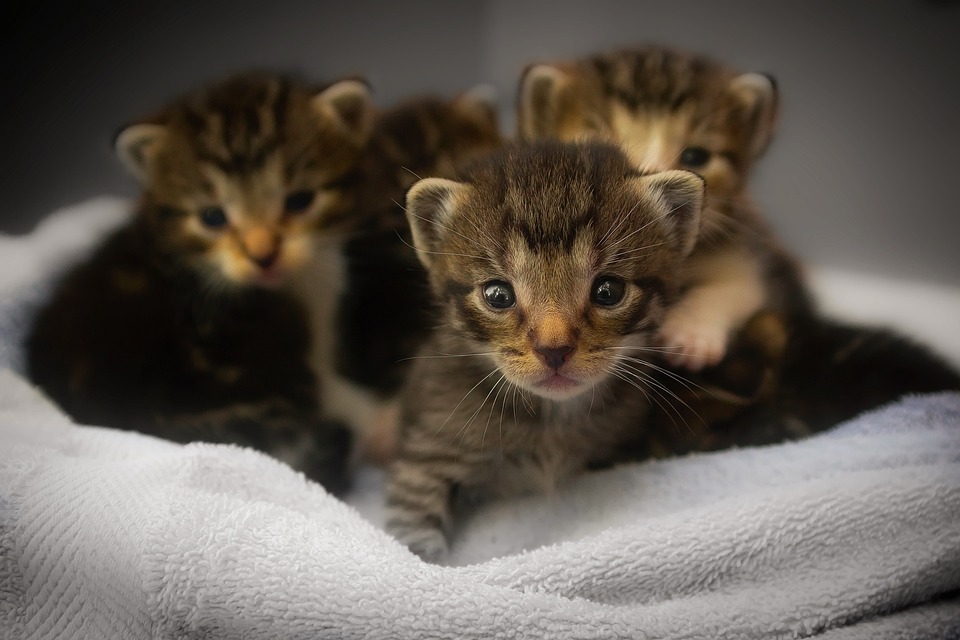*by [Your Name]*
Introduction:
Cats are known for their grooming habits, which often lead to the formation of hairballs. While occasional hairballs are normal, excessive hairball formation can be uncomfortable and potentially harmful for your feline friend. One effective way to manage and reduce hairballs is through dietary changes. In this article, we will explore the importance of diet in hairball control and provide tips on choosing the right food for your cat’s needs.
Understanding Hairball Formation
Hairballs are composed of fur that accumulates in a cat’s stomach due to their grooming routine. When cats groom themselves, they ingest loose hair, which usually passes through the digestive system and gets eliminated in the feces. However, excessive hair can clump together, forming a hairball that may cause discomfort, vomiting, and digestive issues.
The Role of Diet in Hairball Control
A well-balanced diet plays a crucial role in preventing hairball formation. Proper nutrition helps maintain healthy skin and coat, minimizing excessive shedding and reducing the amount of hair your cat ingests during grooming. Here are some dietary considerations to keep in mind for hairball control:
1. High-quality Protein
– Opt for cat food that contains high-quality protein sources, such as chicken or fish. Protein helps promote healthy skin and coat, preventing excess shedding.
2. Fiber Content
– Look for cat food with adequate fiber content. Fiber aids in digestion and helps move hair through the digestive tract, reducing the likelihood of hairball formation.
3. Omega-3 Fatty Acids
– Foods rich in omega-3 fatty acids, like fish oils, can improve the overall health of your cat’s skin and coat. Healthy skin means less shedding and fewer hairballs.
4. Moisture Content
– Ensure your cat has access to fresh water at all times. Adequate hydration helps maintain healthy digestion and prevents dry stools, which can contribute to hairball formation.
Choosing the Right Food for Hairball Control
When selecting cat food for hairball control, it’s essential to consider your cat’s specific needs. Here are some key factors to consider:
1. Age and Life Stage
– Kittens, adult cats, and senior cats have different nutritional requirements. Choose a cat food formula that aligns with your cat’s age and life stage.
2. Ingredients
– Read the ingredient list carefully. Avoid foods with excessive fillers, artificial additives, or low-quality protein sources. Look for natural, high-quality ingredients.
3. Formulation and Texture
– Some cat food brands offer specific hairball control formulas. These often contain additional fiber or ingredients to aid digestion. Additionally, consider the texture of the food. Wet or canned food can provide extra moisture, aiding in digestion and reducing hairball formation.
4. Consult Your Veterinarian
– If you’re unsure about the best food for your cat’s hairball control, consult your veterinarian. They can provide personalized recommendations based on your cat’s health and specific needs.
FAQs: Frequently Asked Questions about Dietary Changes and Hairball Control in Cats
1. Can over-the-counter hairball control treats or supplements help?
– Hairball control treats or supplements can be beneficial in some cases. However, it’s important to choose high-quality products and consult your veterinarian before introducing any new treats or supplements into your cat’s diet.
2. Is it normal for my cat to have hairballs frequently?
– Occasional hairballs are normal, but if your cat is experiencing frequent hairball issues, it may indicate an underlying problem. Consult your veterinarian to rule out any potential health issues.
3. Can I groom my cat to reduce hairball formation?
– Regular grooming can certainly help reduce hairball formation. Brushing your cat’s coat regularly helps remove loose hair, preventing excessive ingestion during grooming.
4. How long should I wait to see results after changing my cat’s diet?
– Each cat is different, but you should start seeing improvements within a few weeks of dietary changes. If there are no noticeable changes or if the issue worsens, consult your veterinarian for further guidance.
Conclusion:
Managing hairballs in cats is a crucial part of their overall health and well-being. By making appropriate dietary changes and providing a balanced diet, you can significantly reduce hairball formation and ensure a comfortable life for your feline companion. Remember to choose high-quality cat food, consider your cat’s specific needs, and consult your veterinarian for personalized advice.








